Best Seasons for Waterproofing Projects
Proper timing for waterproofing projects is crucial to ensure effectiveness and longevity. The optimal period typically depends on weather conditions, temperature ranges, and the specific type of waterproofing material used. Generally, dry and mild weather conditions provide the best environment for application and curing.
Spring and early fall are ideal due to moderate temperatures and lower humidity, which facilitate proper curing and adhesion.
Heavy rain, extreme cold, or high humidity can compromise waterproofing effectiveness. It is best to avoid application during these conditions.
Most waterproofing products perform best within temperatures of 50-85°F (10-29°C). Applying outside this range may reduce adhesion and durability.
Ensure surfaces are clean, dry, and free of debris before application. Proper preparation enhances adhesion and longevity.

Spring offers ideal conditions with moderate temperatures and less humidity, ensuring effective curing.

Clear, dry days with temperatures above 50°F support optimal application and adhesion.
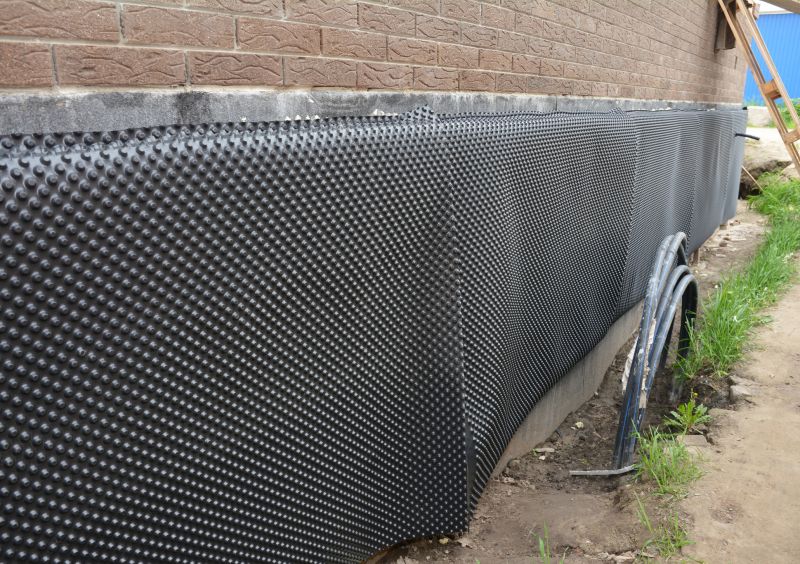
Clean and dry surfaces are essential for proper adhesion and long-lasting waterproofing.
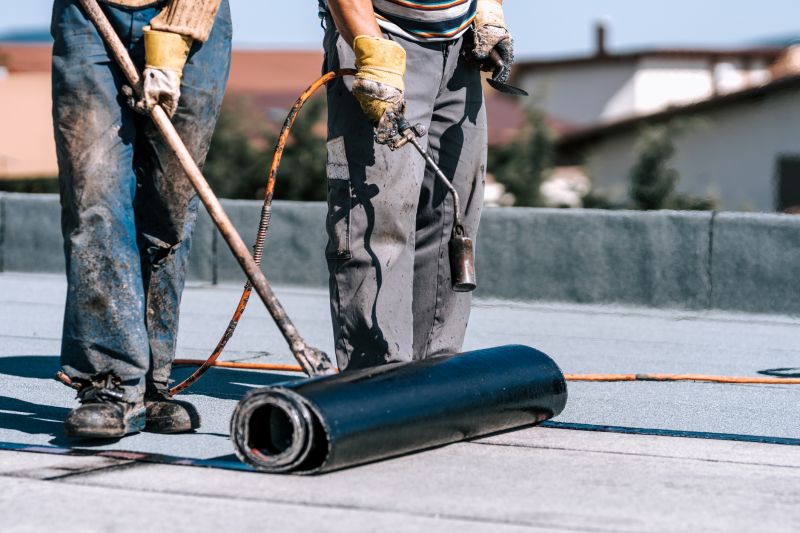
Applying waterproofing during freezing temperatures can lead to poor curing and reduced effectiveness.
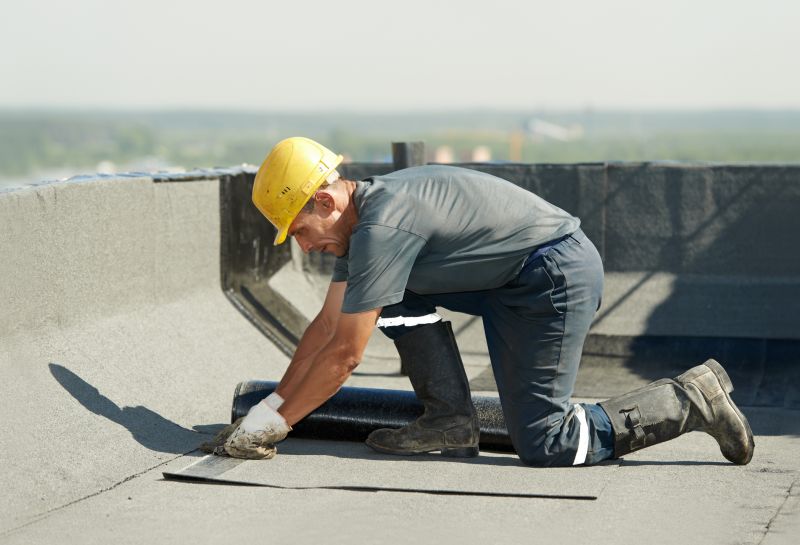
Early fall provides suitable conditions before colder weather sets in, ensuring durability.
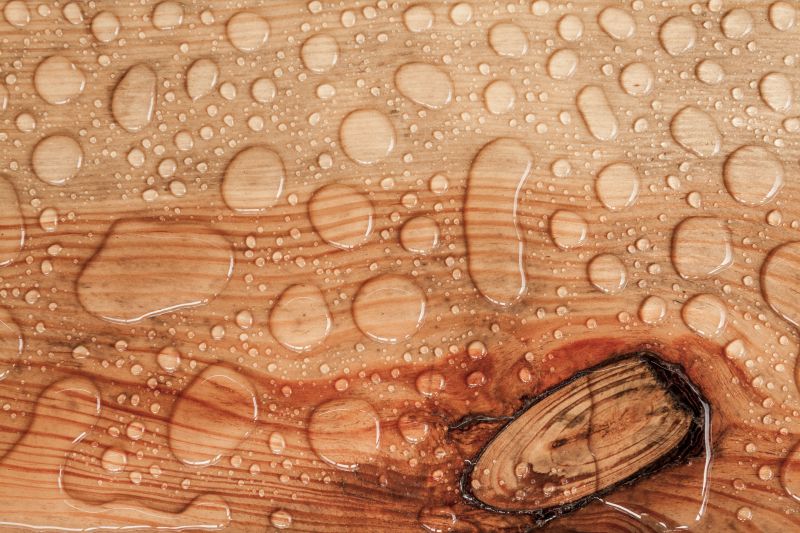
Warm, dry summer days are optimal for waterproofing decks and outdoor structures.
| Season | Suitable Conditions |
|---|---|
| Spring | Moderate temperatures, low humidity, dry days |
| Summer | Warm, dry weather with temperatures above 50°F |
| Fall | Cooler temperatures, dry conditions, before cold weather |
| Winter | Not recommended due to cold temperatures and high humidity |
Waterproofing is an essential process to protect structures from water intrusion, which can cause damage, mold growth, and structural deterioration. Different waterproofing methods include membrane applications, sealants, and coatings, each suited for specific surfaces and exposure levels. Statistics show that properly waterproofed structures experience significantly fewer issues related to water damage, extending their lifespan and reducing maintenance costs. Timing the application correctly enhances the effectiveness of these materials, ensuring long-term protection.
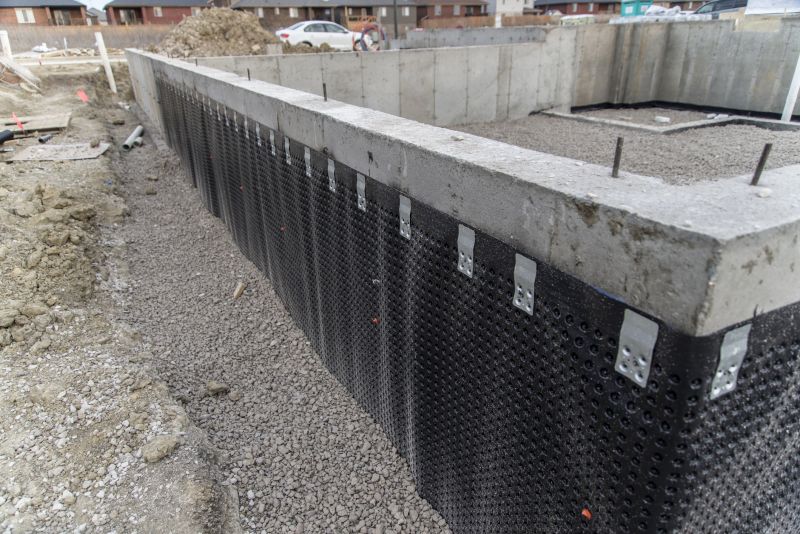
Various materials are used depending on the application, including membranes, liquid coatings, and sealants.
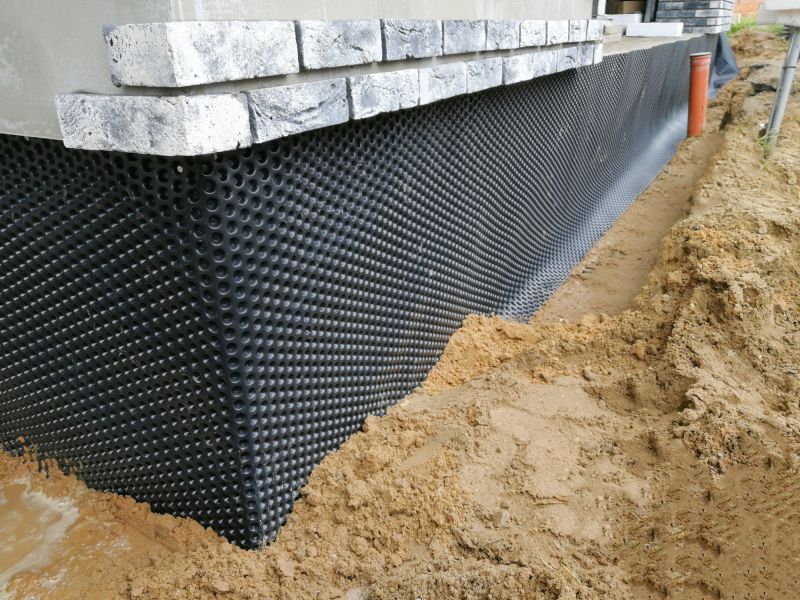
Proper surface preparation and application conditions are critical for optimal waterproofing results.

Applying waterproofing before backfilling helps prevent water ingress into basements.

Membranes and coatings provide durable protection against rain and snow.
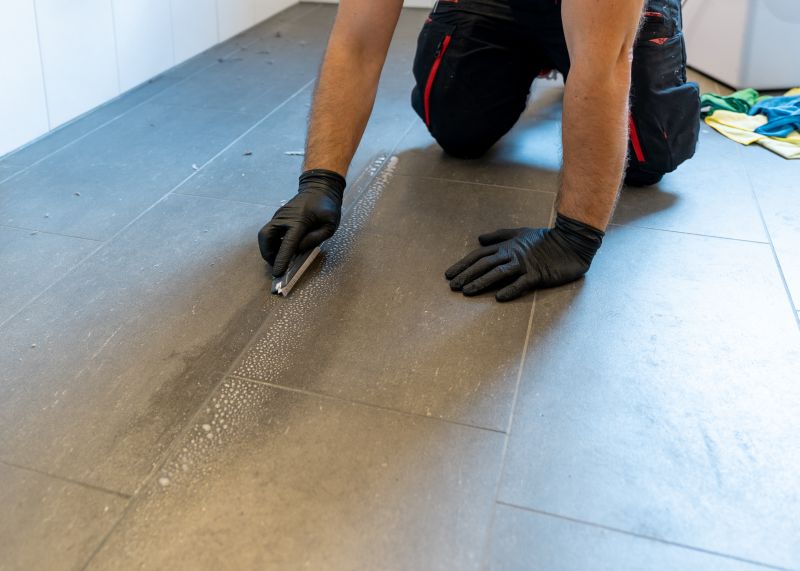
Ways to make Waterproofings work in tight or awkward layouts.
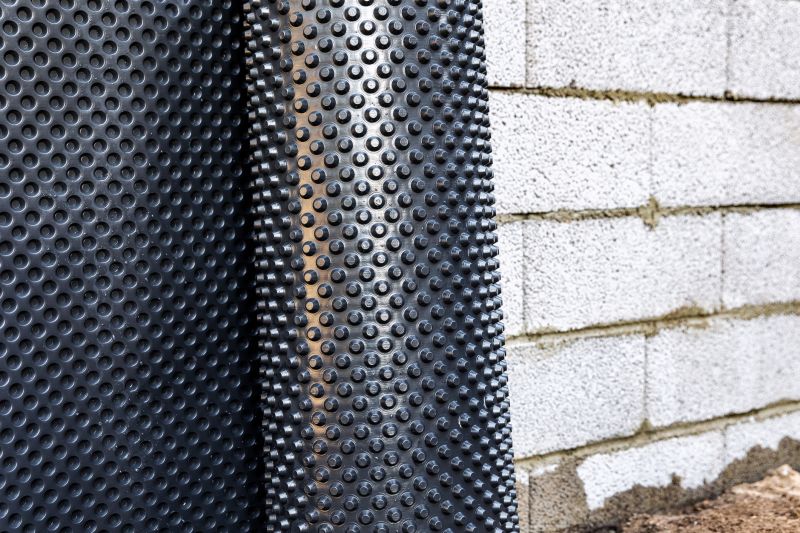
Popular materials for Waterproofings and why they hold up over time.

Simple add-ons that improve Waterproofings without blowing the budget.

High-end options that actually feel worth it for Waterproofings.
Interest in waterproofing services can be directed to qualified professionals who can assess specific needs and recommend the most suitable timing and materials. Proper scheduling and application are vital to maximize durability and performance. For inquiries or to schedule a waterproofing consultation, filling out the contact form is encouraged to ensure expert assistance tailored to individual project requirements.




